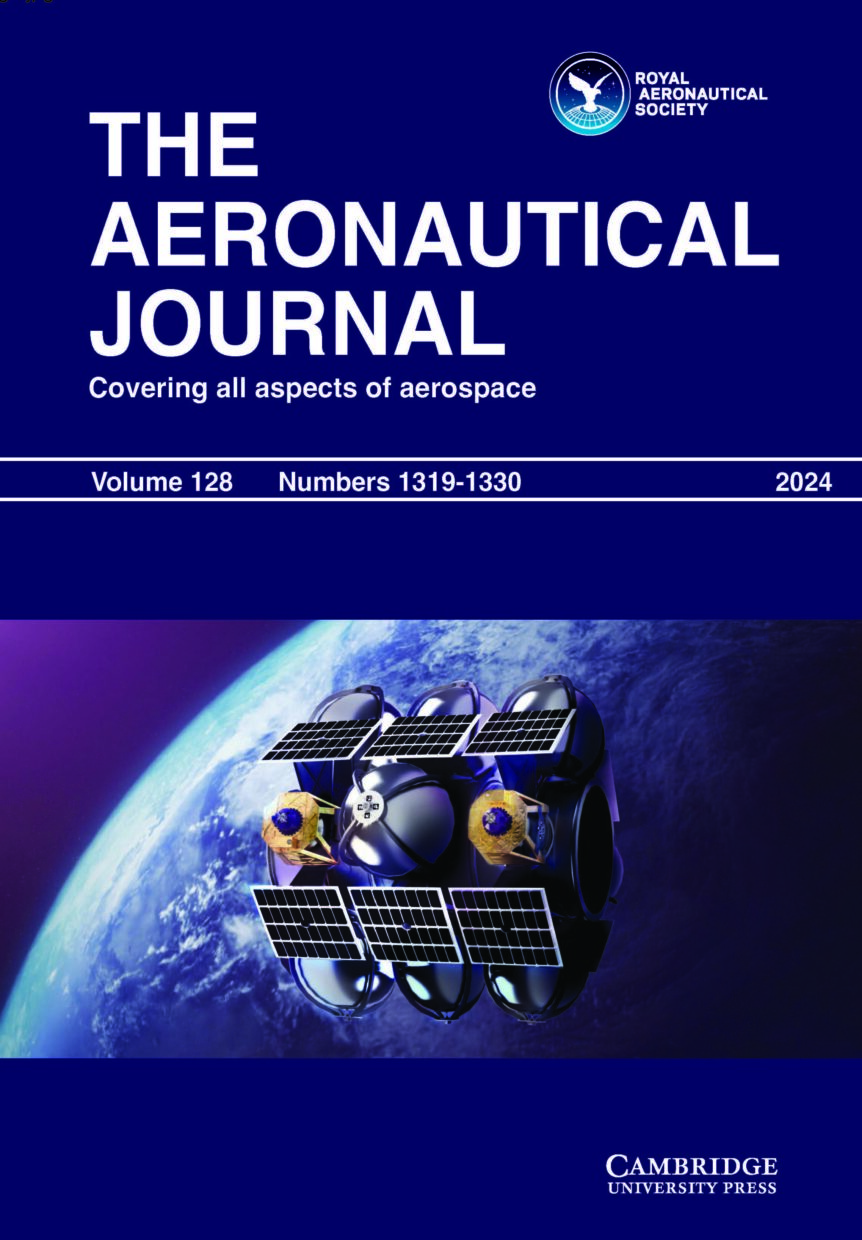Spray behaviour of Hydrotreated Ester Fatty Acids fuel made from used cooking oil at low injection pressures
The combustion output of aircraft engines relies heavily on the development and characteristics of the fuel spray, encompassing aspects such as cavitation, liquid breakup, atomisation and evaporation. Efficient combustion requires the fuel to be vaporised and atomised before ignition, ensuring proper air-fuel mixing and reducing emissions. Smaller droplet sizes lead to faster atomisation and better combustion, whereas larger droplets increase the emissions. Macroscopic analysis focuses on the droplet velocity and distribution, while microscopic analysis examines the spray penetration, angle, and area. Various studies have explored these characteristics, particularly with conventional fossil fuels such as Jet-A.
Research has investigated the relationship between factors such as temperature, pressure, injection velocity, and fuel properties on the spray behavior. For example, studies have examined how different pressures and temperatures affect evaporation rates and spray penetration. Additionally, the relationship between fuel properties, injection pressure, and spray characteristics has been explored, showing the faster disintegration of fuels with lower viscosity and surface tension. While much research has been conducted on conventional fuels, there is a gap in understanding the spray characteristics of alternative biofuels such as Hydrotreated Ester Fatty Acids (HEFA) and biodiesel.
This study aims to fill this gap by investigating the microscopic and macroscopic behaviors of these fuels under various injection pressures using a commercial jet engine atomiser. The experiment was conducted in a constant volume chamber simulating a combustor with various injection pressures (30-90 Psi) while keeping the ambient and fuel temperatures constant.
The objectives of this study were to measure and compare the microscopic and macroscopic parameters of the selected fuels at different injection pressures and to analyse the influence of blended fuel ratios on these properties for future studies. Ultimately, this study seeks to enhance the understanding of alternative fuel atomisation characteristics for a more sustainable aviation industry.
This study compares two biofuels: hydrotreated ester fatty acids (HEFA) derived from used cooking oil, and palm oil methyl ester (biodiesel). HEFA is a fuel that undergoes hydrotreatment, cracking, isomerisation, and distillation processes to eliminate oxygen and produce hydrocarbons with excellent cold flow qualities. Biodiesel or fatty acid methyl ester (FAME) is produced via the trans- esterification of vegetable or animal fats with methanol, resembling petroleum-derived diesel in characteristics such as cetane number, energy content, and viscosity.
In this study, biodiesel was tested in its pure form (BD100), whereas HEFA was tested both in its pure form (H100) and blended with Jet A-1. The HEFA blends included 60% HEFA (J40H60) and 50% HEFA (J50H50) with Jet A-1. Jet- A (J100) served as a benchmark for comparison.
The formation of a spray in jet engines is a complex process and is influenced by factors such as the injection pressure, fuel properties, and ambient conditions. Experimental analyses, including image processing and velocity measurements, provide insights into spray characteristics. Spray formation was studied using a threshold analysis and breakup models.
The spray penetration of the fuels was analysed based on the initial jet velocity and breakup length. The study observed a reduction in the droplet size and mist formation over time after injection. Observations of spray images depict the differences in formation between various injection pressures and fuel types.
Observation of the spray cone angle was found to be affected by factors such as the injection pressure and the properties of the fuel samples, thus influencing the spray distribution. Lower injection pressures lead to wider dispersion of the spray, whereas higher pressures result in more focused sprays. Fuel blending affects the cone angles, with blends showing angles narrower than those of pure fuels.
Meanwhile, the spray area indicated by the fuel-air mixture decreased with increasing fuel blend ratios owing to viscosity changes. Investigation of spray tip penetration revealed significant variation among fuel types, which was influenced by fuel properties and injection pressure.
The droplet lifetime of the fuels was found to decrease at higher injection pressures. Biodiesel exhibited the shortest evaporation time compared to the other fuels. The mean droplet diameter decreased with an increase in the injection pressure, except for certain blends. The droplet concentration increased with the injection pressure, with biodiesel producing the highest number of droplets. Droplet velocity profiles showed variations among fuel types, with biodiesel exhibiting the highest velocity. Vortex formation, influenced by velocity differences, contributes to spray structure and atomisation.
Overall, this study provides comprehensive insights into the microscopic and macroscopic characteristics of fuel spray, which are crucial for understanding the combustion processes in jet engines.
The Royal Aeronautical Society’s AEROSPACE Insight blog features a recent article on the subject of fuel produced from cooking oil: ‘Frequent Fryer’.
Spray Behaviour of Hydro-treated Ester Fatty Acids fuel made from Used Cooking Oil at low Injection Pressures by Q. Azam,S.Z. Sulaiman,N. Abd Razak and N.M. Mazlan. This open access paper appears in Volume 128 Issue 1323 of The Aeronautical Journal.
The Royal Aeronautical Society is the world’s only professional body dedicated to the entire aerospace community. Established in 1866 to further the art, science and engineering of aeronautics, the Society has been at the forefront of developments ever since.
www.aerosociety.com | National Aerospace Library catalogue & e-books
Book reviews covering academic, scientific and technical books covering aeronautical engineering and topics relating to it can be found here: www.aerosociety.com/news-expertise/national-aerospace-library/book-reviews







